-
 Bitcoin
Bitcoin $118400
0.39% -
 Ethereum
Ethereum $3814
2.17% -
 XRP
XRP $3.547
1.34% -
 Tether USDt
Tether USDt $1.000
0.00% -
 BNB
BNB $769.5
2.95% -
 Solana
Solana $191.7
6.36% -
 USDC
USDC $0.9999
0.01% -
 Dogecoin
Dogecoin $0.2722
7.75% -
 Cardano
Cardano $0.8995
5.59% -
 TRON
TRON $0.3158
-0.78% -
 Hyperliquid
Hyperliquid $47.37
4.46% -
 Stellar
Stellar $0.4848
3.54% -
 Sui
Sui $4.031
1.72% -
 Chainlink
Chainlink $20.11
3.94% -
 Hedera
Hedera $0.2832
3.16% -
 Avalanche
Avalanche $26.20
4.27% -
 Bitcoin Cash
Bitcoin Cash $530.5
0.67% -
 Shiba Inu
Shiba Inu $0.00001568
3.59% -
 Litecoin
Litecoin $118.4
1.42% -
 UNUS SED LEO
UNUS SED LEO $8.976
-0.23% -
 Toncoin
Toncoin $3.349
2.54% -
 Polkadot
Polkadot $4.590
2.54% -
 Uniswap
Uniswap $10.56
-0.59% -
 Ethena USDe
Ethena USDe $1.001
0.00% -
 Monero
Monero $327.7
0.39% -
 Pepe
Pepe $0.00001422
2.62% -
 Bitget Token
Bitget Token $4.973
-1.22% -
 Dai
Dai $1.000
0.02% -
 Aave
Aave $331.9
1.59% -
 Bittensor
Bittensor $429.6
-0.56%
What is the circulating supply of Shiba Inu?
Shiba Inu's circulating supply, currently around 589 trillion SHIB, plays a key role in its market dynamics, influenced by token burns and DeFi activity.
Jul 20, 2025 at 04:00 pm
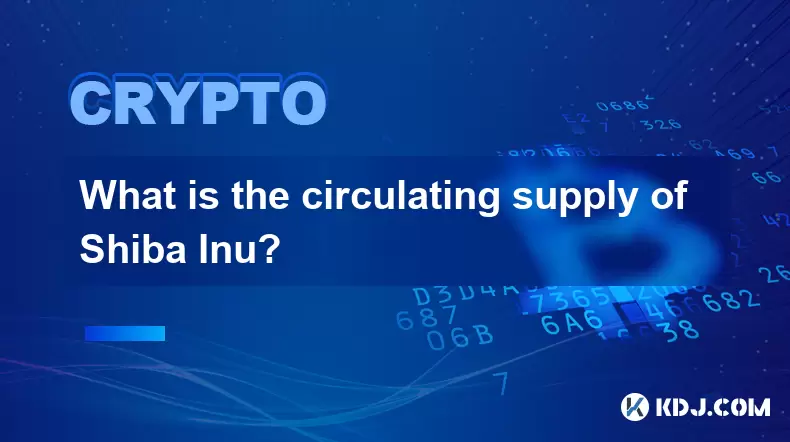
Understanding Circulating Supply in Cryptocurrencies
In the realm of cryptocurrencies, circulating supply refers to the number of coins or tokens that are currently available and actively traded in the market. This metric is crucial for investors and traders as it helps determine the market capitalization and liquidity of a particular asset. Unlike total supply, which includes all tokens that have been created, circulating supply excludes tokens that are locked, reserved, or otherwise not available for public trading. For instance, some tokens may be held in escrow, allocated for future development, or burned to reduce overall supply.
For Shiba Inu (SHIB), a popular meme-inspired cryptocurrency, understanding its circulating supply is essential for assessing its market behavior and potential value fluctuations. The circulating supply of SHIB has evolved over time due to various mechanisms, including token burns and staking activities.
Shiba Inu’s Tokenomics Overview
Shiba Inu was launched in August 2020 with an initial total supply of 1 quadrillion SHIB tokens. A significant portion of this supply — half of the total supply — was sent to Ethereum co-founder Vitalik Buterin’s wallet to decentralize the project. Buterin later burned a large portion of these tokens and donated the remainder to charity, which had a notable impact on the token’s circulating supply.
The Shiba Inu ecosystem includes multiple tokens such as SHIB, LEASH, and BONE, each with its own supply dynamics. However, SHIB remains the primary token and the focus for most holders and traders. The team behind Shiba Inu has implemented mechanisms to reduce the circulating supply over time, including token burn events and deflationary mechanisms tied to decentralized finance (DeFi) activities.
Current Circulating Supply of SHIB
As of the latest available data, the circulating supply of Shiba Inu (SHIB) is approximately 589 trillion tokens. This number is constantly updated on blockchain explorers and crypto market data platforms such as CoinGecko and CoinMarketCap. These platforms track real-time data, including the number of SHIB tokens that are actively traded versus those that are locked or burned.
It is important to note that the burn rate of SHIB has a direct impact on its circulating supply. The ShibBurn initiative, a community-driven effort, regularly publishes updates on how many SHIB tokens have been burned through various transactions and DeFi activities on the ShibaSwap platform. Users can check the ShibBurn website to monitor the exact number of tokens removed from circulation.
How Token Burns Affect Circulating Supply
Token burns are a deflationary mechanism used by many cryptocurrencies, including Shiba Inu, to reduce the total and circulating supply over time. When a token burn occurs, a certain number of tokens are sent to a wallet address that cannot be accessed or used again — effectively removing them from circulation.
In the case of SHIB, token burns happen through several avenues:
- Transaction fees on ShibaSwap, the decentralized exchange within the Shiba Inu ecosystem, result in automatic SHIB burns.
- Community initiatives and developer-led burns also contribute to reducing the circulating supply.
- User-initiated burns allow individual holders to send SHIB to a burn address voluntarily.
These burns, although relatively small in percentage compared to the total supply, have a cumulative effect over time. Monitoring the burn rate can provide insights into how the circulating supply of SHIB might change in the future, even though the changes are incremental.
Where to Check Real-Time Circulating Supply Data
For accurate and up-to-date information on the circulating supply of Shiba Inu, users can refer to the following platforms:
- CoinGecko: Displays SHIB’s circulating supply alongside market cap, trading volume, and price data.
- CoinMarketCap: Offers a detailed breakdown of SHIB’s supply metrics, including total supply, max supply (if applicable), and circulating supply.
- Etherscan: Allows users to explore SHIB token transfers and view the number of tokens burned or locked.
- ShibBurn website: A dedicated portal that tracks the number of SHIB tokens burned daily and provides historical burn data.
Each of these platforms uses blockchain data to update supply metrics in real time. Users can cross-reference multiple sources to ensure accuracy, especially when making investment or trading decisions based on supply dynamics.
Frequently Asked Questions
1. What is the difference between total supply and circulating supply for SHIB?
The total supply of SHIB includes all tokens that have been created, including those that are burned or locked. The circulating supply only includes tokens that are actively available for trading and transactions on the market.
2. Does Shiba Inu have a fixed max supply?
Yes, Shiba Inu has a fixed max supply of 1 quadrillion SHIB tokens. No new tokens will be minted beyond this limit, making it a deflationary asset as burns continue to reduce the circulating supply.
3. Can SHIB’s circulating supply increase?
While the burn mechanism reduces supply over time, certain events like vesting schedules for team tokens or unlocks from staking contracts could temporarily increase the circulating supply if new tokens are released into the market.
4. How often are SHIB tokens burned?
SHIB tokens are burned continuously through transaction fees on ShibaSwap, and additional burns can occur through manual burns initiated by the community or developers. The ShibBurn website updates burn statistics daily.
Disclaimer:info@kdj.com
The information provided is not trading advice. kdj.com does not assume any responsibility for any investments made based on the information provided in this article. Cryptocurrencies are highly volatile and it is highly recommended that you invest with caution after thorough research!
If you believe that the content used on this website infringes your copyright, please contact us immediately (info@kdj.com) and we will delete it promptly.
- AVAIL, VENOM, Token Release Mania: What You Need to Know, New Yorker Style
- 2025-07-21 23:30:13
- Crypto Purchases: Your No-Stress Guide to Spending Digital Dough
- 2025-07-21 22:50:13
- Chainlink, Litecoin, and BlockDAG: What's Hot in the Crypto Streets?
- 2025-07-21 23:30:13
- Navigating the Crypto Abyss: Death Spirals, Liquidity Exhaustion, and Delta Neutrality in the Wild West of Altcoins
- 2025-07-21 22:55:12
- Binance, PEPE, and BONK: Meme Coins Mature, Shed 'Seed Tag' Amid Market Shifts
- 2025-07-21 22:30:13
- Toshi.bet: Leading the Crypto Casino Revolution in Poland 2025
- 2025-07-21 20:30:12
Related knowledge
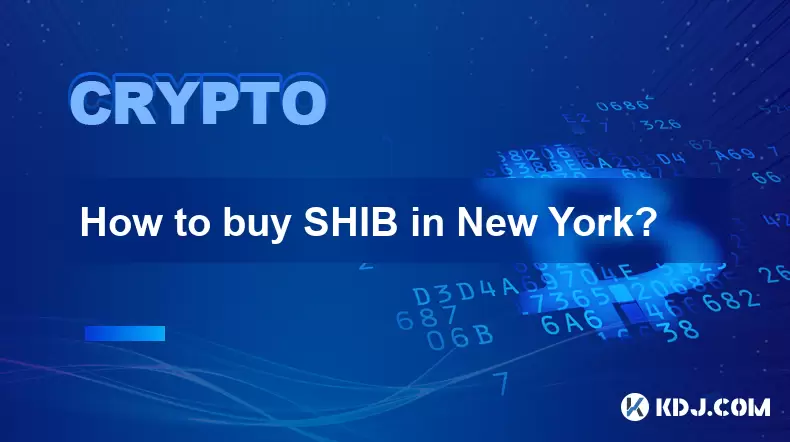
How to buy SHIB in New York?
Jul 18,2025 at 05:42pm
What is SHIB and Why is it Popular?SHIB, or Shiba Inu, is a decentralized cryptocurrency that has gained popularity due to its meme-inspired branding ...
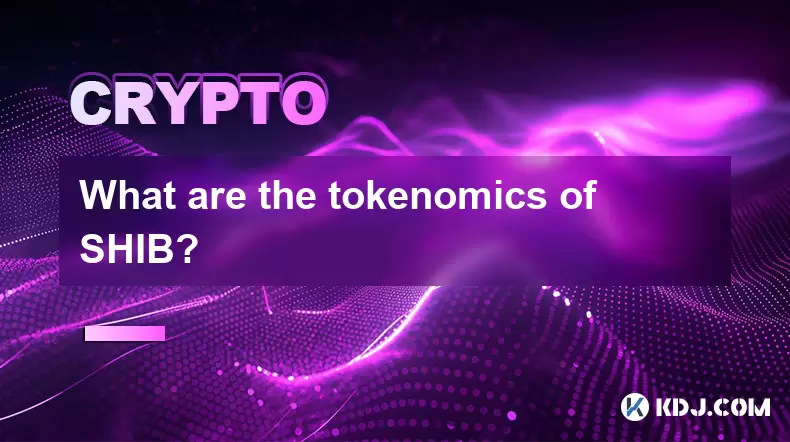
What are the tokenomics of SHIB?
Jul 20,2025 at 06:21pm
Overview of SHIB TokenSHIB, short for Shiba Inu, is an Ethereum-based cryptocurrency that launched in August 2020. It was created as a decentralized c...
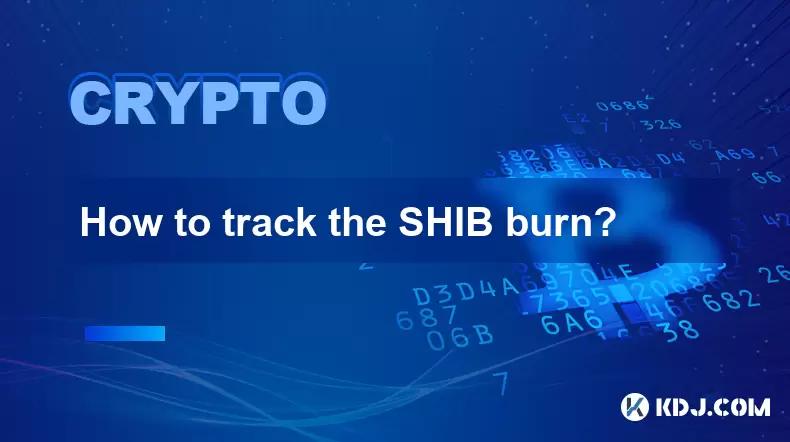
How to track the SHIB burn?
Jul 18,2025 at 10:35pm
Understanding the SHIB Burn MechanismThe SHIB burn refers to the process of permanently removing Shiba Inu (SHIB) tokens from circulation. This is typ...
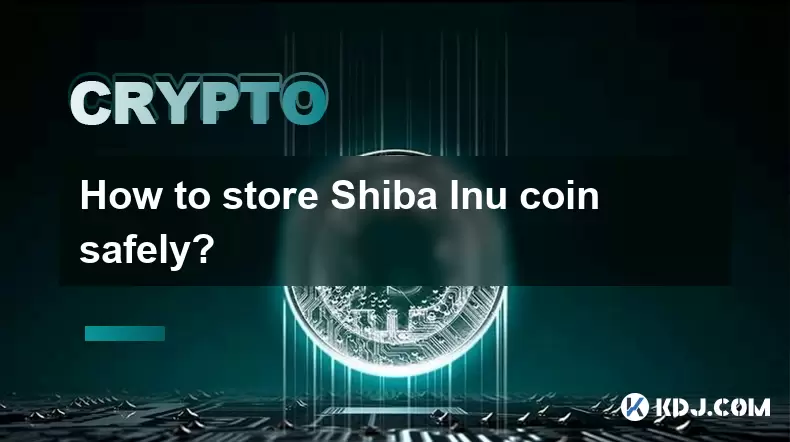
How to store Shiba Inu coin safely?
Jul 20,2025 at 08:08am
What is Shiba Inu Coin and Why Secure Storage Matters?Shiba Inu (SHIB) is a decentralized cryptocurrency that gained massive popularity due to its mem...

What are the risks of investing in Shiba Inu?
Jul 18,2025 at 08:14pm
Market Volatility and Price SwingsInvesting in Shiba Inu (SHIB) carries significant exposure to market volatility, a common trait among meme coins. Un...
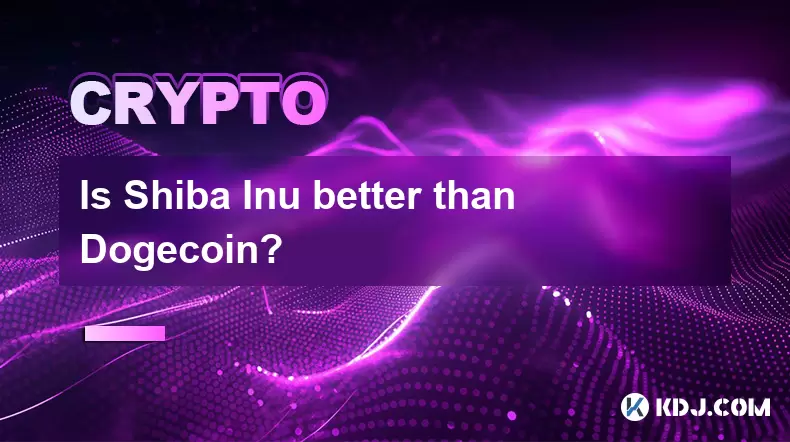
Is Shiba Inu better than Dogecoin?
Jul 21,2025 at 05:07am
Understanding the Origins of Shiba Inu and DogecoinShiba Inu (SHIB) and Dogecoin (DOGE) are both cryptocurrencies inspired by the Shiba Inu dog meme. ...

How to buy SHIB in New York?
Jul 18,2025 at 05:42pm
What is SHIB and Why is it Popular?SHIB, or Shiba Inu, is a decentralized cryptocurrency that has gained popularity due to its meme-inspired branding ...

What are the tokenomics of SHIB?
Jul 20,2025 at 06:21pm
Overview of SHIB TokenSHIB, short for Shiba Inu, is an Ethereum-based cryptocurrency that launched in August 2020. It was created as a decentralized c...

How to track the SHIB burn?
Jul 18,2025 at 10:35pm
Understanding the SHIB Burn MechanismThe SHIB burn refers to the process of permanently removing Shiba Inu (SHIB) tokens from circulation. This is typ...

How to store Shiba Inu coin safely?
Jul 20,2025 at 08:08am
What is Shiba Inu Coin and Why Secure Storage Matters?Shiba Inu (SHIB) is a decentralized cryptocurrency that gained massive popularity due to its mem...

What are the risks of investing in Shiba Inu?
Jul 18,2025 at 08:14pm
Market Volatility and Price SwingsInvesting in Shiba Inu (SHIB) carries significant exposure to market volatility, a common trait among meme coins. Un...

Is Shiba Inu better than Dogecoin?
Jul 21,2025 at 05:07am
Understanding the Origins of Shiba Inu and DogecoinShiba Inu (SHIB) and Dogecoin (DOGE) are both cryptocurrencies inspired by the Shiba Inu dog meme. ...
See all articles

























































































